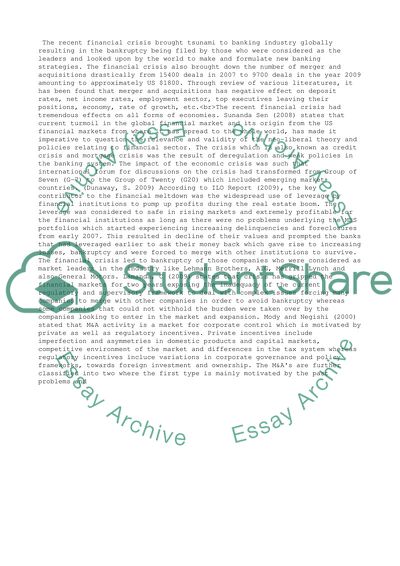Cite this document
(“Mergers and Acquisition in Banking Book Report/Review”, n.d.)
Retrieved from https://studentshare.org/business/1502473-mergers-and-acquisition-in-banking
Retrieved from https://studentshare.org/business/1502473-mergers-and-acquisition-in-banking
(Mergers and Acquisition in Banking Book Report/Review)
https://studentshare.org/business/1502473-mergers-and-acquisition-in-banking.
https://studentshare.org/business/1502473-mergers-and-acquisition-in-banking.
“Mergers and Acquisition in Banking Book Report/Review”, n.d. https://studentshare.org/business/1502473-mergers-and-acquisition-in-banking.


